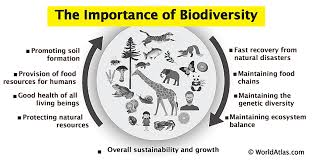On Killing a Tree by Gieve Patel : Poem Summary

On Killing a Tree: Summary - JS. N (04/12/2022) Gieve Patel the author of the poem On Killing a Tree is a Poet, Playwright and Painter by passion and a Doctor by profession. He had published three books of poetry as Poems (1966), How do you withstand, Body (1976) and Mirrored Mirroring (1991). The poem ‘On Killing a Tree’ is one of the poems from his poetry collection named ‘Poems’. This collection was launched by Nissim Ezekiel. Being a part of “Green Movement”, he entitled himself to protect the environment. As a result of this he had exhibited his concern through poetry. Most of Patel’s poems centre on exposing man’s cruelty towards nature and his concern towards it. ‘On Killing a Tree,’ too, is one such poem. The poem is set on a visual plane. The descriptions are vivid, and the mood is sad, expressing the pain felt by the trees, as imagined by Patel. The poem tries to convey the fact that trees have life and cutting down a tree is an actual process of killing it. The poet makes s...



.jpg)

